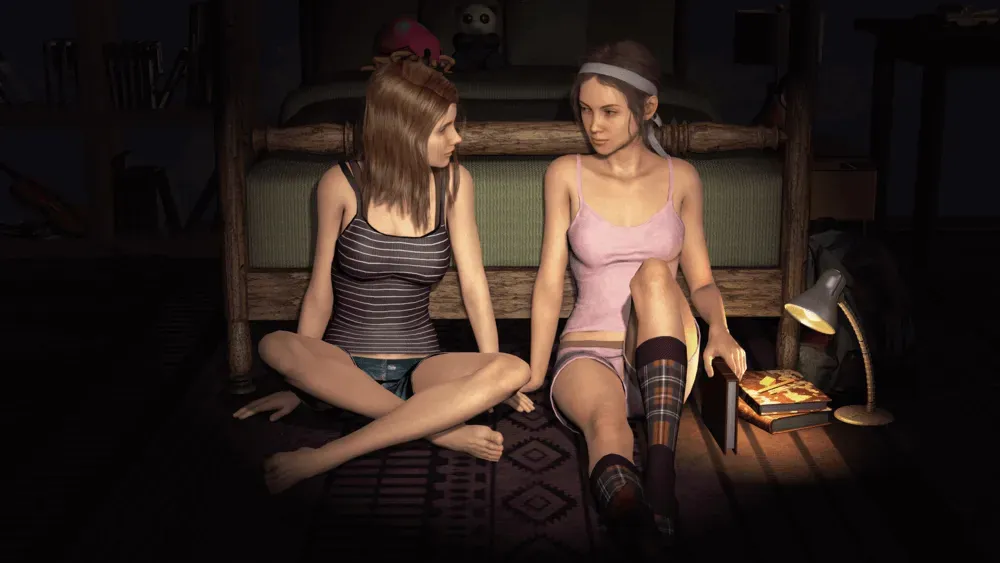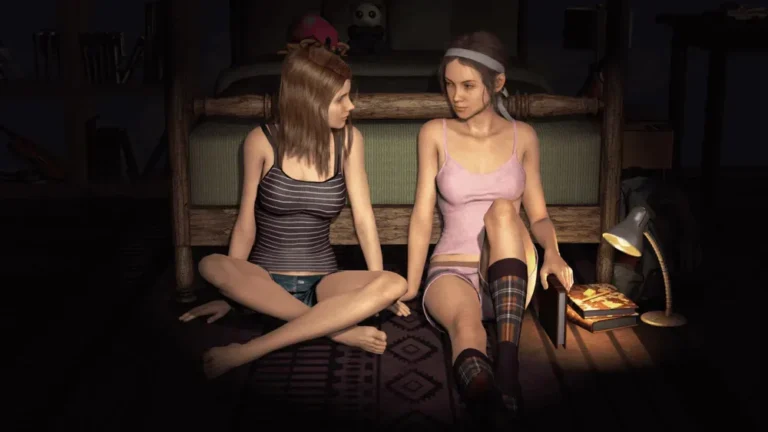
Short Sad Stories
Play Short Sad Stories
Short Sad Stories review
An engaging look at the narrative and gameplay of the ‘Short Sad Stories’ interactive experience
The ‘Short Sad Stories’ game offers a unique blend of narrative depth and interactive elements that captivate players seeking emotionally charged storytelling. This article explores the game’s core themes, gameplay features, and the immersive experience it provides. Whether you’re curious about the storyline or want to understand what makes this game stand out, we’ll guide you through everything you need to know about ‘Short Sad Stories.’
Understanding the Narrative and Themes of ‘Short Sad Stories’
Let’s be honest—we’ve all had those days where we just want to feel something deeply. 😔 For me, that often means curling up with a piece of media that isn’t afraid to explore the heavier, more poignant sides of life. That’s exactly how I stumbled upon Short Sad Stories, an interactive experience that completely redefined what I expect from a game’s narrative. It’s not about high scores or defeating bosses; it’s about connecting with a story on a profoundly human level. If you’re curious about how a game can make you reflect, and maybe even shed a tear, you’re in the right place. Let’s pull back the curtain on this unique gem. ✨
### What is the Storyline of ‘Short Sad Stories’?
At its heart, the Short Sad Stories game storyline is a collection of intertwined vignettes, each focusing on a different character navigating a moment of profound personal significance. You don’t play a single hero on a grand quest. Instead, you step into the worn-out shoes of everyday people—a barista grieving a lost parent, an old man visiting his wife’s bench in the park, a young artist struggling with creative block and loneliness. 🎨
The genius of the Short Sad Stories game storyline lies in its subtlety. There are no world-ending catastrophes here. The conflict is internal, the stakes are emotional, and the plot progresses through small, seemingly mundane interactions that carry immense weight. You might spend a chapter simply sorting through a deceased relative’s belongings, with each object you click on revealing a memory that builds a richer picture of their life and your relationship with them.
This approach to the Short Sad Stories game storyline creates an intimate experience. You’re not just being told a story; you’re gently guided into living it. The narrative doesn’t force emotions onto you. Instead, it carefully constructs moments of quiet reflection, allowing the emotional storytelling in games to feel earned and authentic, rather than manipulative.
### How Does the Game Convey Emotional Depth?
The emotional storytelling in games has evolved dramatically, but Short Sad Stories stands out by mastering the power of subtlety and player agency. It doesn’t use sweeping orchestral scores to tell you how to feel (though its minimalist soundtrack is perfectly haunting). Instead, it builds its narrative depth in interactive games through a few key techniques:
- Environmental Storytelling: Every scene is dripping with detail. A half-made cup of tea, a fading photograph on a fridge, a single missed call notification on a phone—these are the clues you piece together to understand a character’s inner world. You feel their absence, their routine, and their heartache through the spaces they inhabit. 🏠
- Meaningful Choices: This is where the game story emotional impact truly lands. Your choices are rarely about “good” or “evil” outcomes. They are about nuance. Do you tell a comforting lie or a painful truth? Do you keep a memento or let it go? These decisions don’t change the world; they change you, the player, and how you internalize the narrative’s themes.
- Pacing and Silence: The game isn’t afraid to be slow and quiet. It gives you room to breathe, to process what you’ve just seen or done. This deliberate pacing is a crucial tool for emotional storytelling in games, making the poignant moments hit so much harder.
A Personal Example: I’ll never forget one scene where my character, Eli, was packing up his late father’s workshop. The game presented me with a simple choice: put a worn, handmade birdhouse in the “keep” box or the “donate” box. I knew the “right” narrative choice was to keep it, but in that moment, I felt Eli’s pain so acutely that donating it felt like a necessary step for his healing. The game didn’t judge me; it just let the moment sit there, heavy and real. That’s powerful narrative depth in interactive games.
This careful construction is what leads to such a profound game story emotional impact. You aren’t a spectator; you’re a participant in the melancholy, making the connection to the characters incredibly strong.
### What Themes Are Explored in the Game?
If you’re looking for a shallow experience, look elsewhere. The themes in Short Sad Stories are the bedrock of its entire design, exploring the complex, often painful, parts of the human experience. The game weaves these ideas directly into its mechanics, ensuring you don’t just hear about them—you feel them.
The most prominent themes in Short Sad Stories are:
- Loss and Grief: This is the most consistent thread. The game explores grief not as a single event, but as a lingering presence that changes shape over time. It’s in the empty chair at the dinner table and the unsent text messages.
- Regret and Missed Opportunities: Many stories focus on the “what ifs” and the paths not taken. You’ll encounter characters grappling with past mistakes and the haunting silence of words left unsaid.
- Acceptance and Personal Growth: This is the light at the end of the tunnel. The narrative isn’t just about sadness; it’s about the slow, difficult climb toward acceptance. The character development in Short Sad Stories is shown through small victories—finally cleaning out a closet, making a difficult phone call, or simply getting out of bed.
These themes are brilliantly illustrated through player interaction. For instance, a theme of “letting go” is represented by a gameplay mechanic where you must physically release an object (by dragging it off-screen) to progress. This turns an abstract concept into a tangible, emotional action.
Here’s a quick breakdown of how these themes manifest:
| Theme | How It’s Explored in Gameplay | Example from the Game |
|---|---|---|
| Regret | Through flashback sequences and dialogue choices that reveal past actions. | Choosing whether to read an old, angry letter you never sent. |
| Loneliness | Empty environments and sparse, echoing sound design. | Wandering through a quiet, empty house that once felt full of life. |
| Hope | Small, positive interactions that serve as narrative turning points. | Sharing a smile with a stranger, which opens up a new, slightly brighter story branch. |
This focus on mature themes in Short Sad Stories provides some of the most compelling interactive storytelling examples in recent memory. It proves that games can be a powerful medium for exploring delicate, introspective subjects with grace and respect for the player’s intelligence.
Ultimately, the character development in Short Sad Stories and its unwavering commitment to its themes create a cohesive and unforgettable journey. It’s a masterclass in how to use interactivity to enhance a narrative, rather than just distract from it. This game stays with you, not because of a shocking twist, but because of the quiet, honest moments it asked you to share in. If you’re ready to explore the depth of what games can be, this is one of the essential interactive storytelling examples to experience. 💙
The ‘Short Sad Stories’ game stands out for its compelling narrative and emotional resonance, offering players an immersive experience that goes beyond typical gameplay. By exploring its storyline, themes, and storytelling techniques, players can appreciate the depth and care put into crafting this interactive journey. If you enjoy games that combine meaningful stories with engaging choices, ‘Short Sad Stories’ is a title worth exploring.









